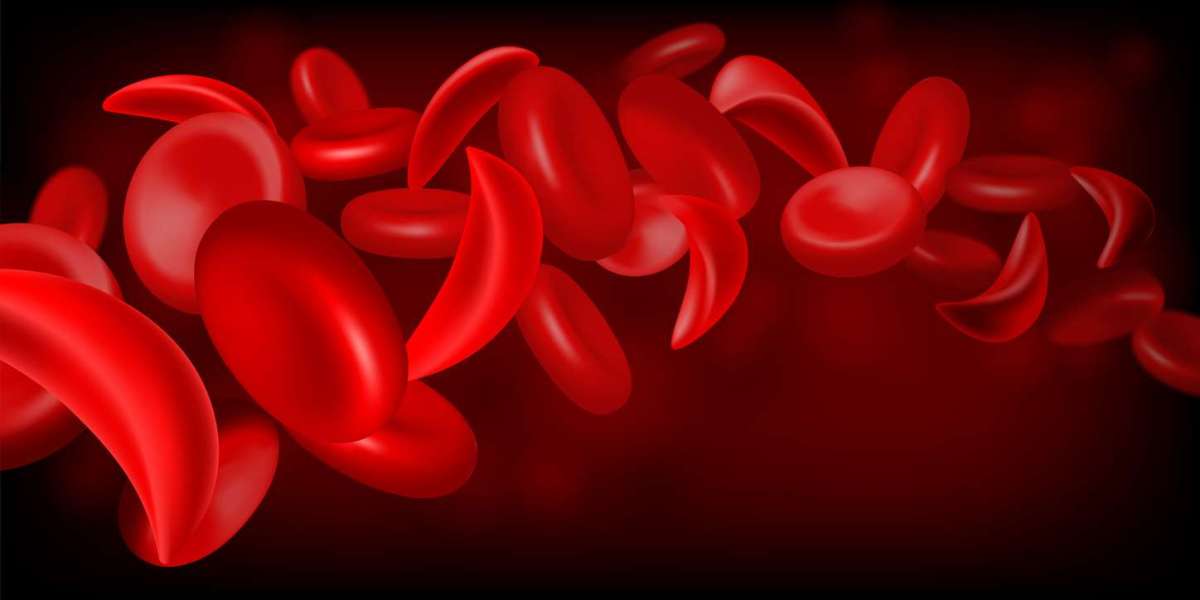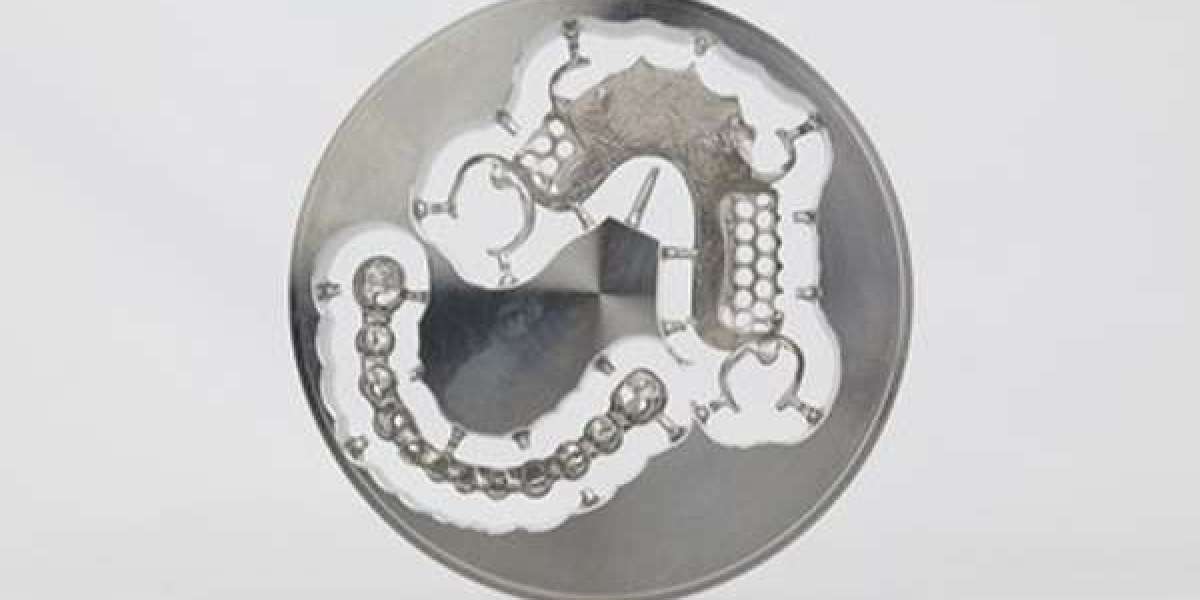What Is Sickle Cell Anemia?
Sickle cell anemia is a genetic blood disorder that affects the shape and function of red blood cells. Normally, these cells are round and flexible, allowing them to move smoothly through blood vessels and deliver oxygen throughout the body. In sickle cell anemia, however, the red blood cells take on a rigid, crescent, or “sickle” shape.
This abnormal shape makes it harder for the cells to flow freely, often leading to blockages in small blood vessels. The sickled cells also break down faster than normal ones, resulting in a shortage of red blood cells, known as anemia.
The disease is more common in people with ancestry from Africa, the Middle East, the Mediterranean, and parts of India. Among the different types, the most severe is sickle cell anemia (HbSS), where both copies of the gene responsible are affected.
Symptoms and Complications
The signs of sickle cell anemia often appear early in life and may vary from person to person. Some of the most common include:
- Pain crises: Sudden and severe episodes of pain caused by blocked blood flow. These can last from a few hours to several days and often require hospital treatment.
- Chronic anemia: Because sickled cells die sooner than normal ones, patients often feel weak, fatigued, and short of breath.
- Swelling in hands and feet: This is sometimes the first sign seen in children with the condition.
- Frequent infections: The spleen, which helps fight infections, is often damaged, making patients more vulnerable.
- Delayed growth and puberty: Low oxygen supply and fewer red blood cells can slow growth in children.
- Vision problems: Blockages in the tiny blood vessels of the eye can lead to vision difficulties.
Over time, more serious complications may develop, including stroke, organ damage, acute chest syndrome, gallstones, leg ulcers, and pregnancy-related risks. These long-term effects make early diagnosis and proper management essential.
Diagnosis and Management
Sickle cell anemia can usually be detected through a simple blood test. In many countries, including India, newborn screening programs are in place to catch the disease early. Confirmatory tests such as hemoglobin electrophoresis can identify the type and severity of the disorder.
Management Approaches
While there is no simple cure, several treatment strategies can help patients manage symptoms and live healthier lives:
- Vaccinations and supplements: Regular immunizations combined with folic acid support red blood cell production and reduce infection risk.
- Hydroxyurea therapy: This medication encourages the body to produce fetal hemoglobin, which reduces the likelihood of sickling and painful crises.
- Pain relief: From mild painkillers to stronger medications, depending on the severity of episodes.
- Blood transfusions: Used in severe cases to reduce anemia and lower the risk of stroke.
- Bone marrow or stem cell transplantation: At present, this is the only established cure for sickle cell anemia, particularly in younger patients with severe forms of the disease.
Lifestyle and Self-Care
In addition to medical treatment, lifestyle changes play a big role in keeping the disease under control:
- Drinking plenty of fluids to prevent dehydration.
- Eating a balanced diet with vitamins and minerals, especially folic acid.
- Avoiding extreme temperatures that can trigger crises.
- Exercising moderately while avoiding overexertion.
- Taking over-the-counter pain medication only with medical advice.
Cutting-Edge Therapies: Hope for the Future
Medical research has made remarkable progress in recent years, particularly in the area of gene therapy.
- Casgevy (Exagamglogene autotemcel): A CRISPR-based therapy that edits a patient’s stem cells to produce healthy hemoglobin. Clinical studies show a significant reduction in painful episodes, offering long-term relief.
- Lyfgenia (Lovotibeglogene autotemcel): Another advanced gene therapy, approved in late 2023, that uses a viral vector to modify stem cells. Early results are very promising, with patients reporting major improvements in quality of life.
In addition, new drugs are being developed to reduce blood vessel blockages and control pain more effectively. These advancements bring new hope to patients who previously had limited options.
Treatment Options in India
India has become a trusted destination for advanced medical care, including the treatment of sickle cell anemia. Many leading hospitals and clinics provide specialized services, ranging from supportive care to bone marrow and stem cell transplants. With experienced doctors, modern infrastructure, and globally recognized standards of care, patients from within India and abroad are increasingly choosing the country for treatment.
For accurate and updated information, you can check this trusted source: Sickle Cell Anemia Treatment Cost in India.
6. Looking Ahead
Sickle cell anemia remains a challenging condition, but the outlook is far more hopeful than it was even a decade ago. With improved diagnosis, supportive care, and the possibility of curative treatments like transplantation and gene therapy, patients today have a much better chance of leading longer, healthier lives.
India’s growing role in offering affordable, high-quality medical care adds another dimension of hope, not just for patients in the country but also for those traveling from abroad in search of advanced treatment. As research continues and therapies evolve, the future for individuals with sickle cell anemia is becoming brighter.



